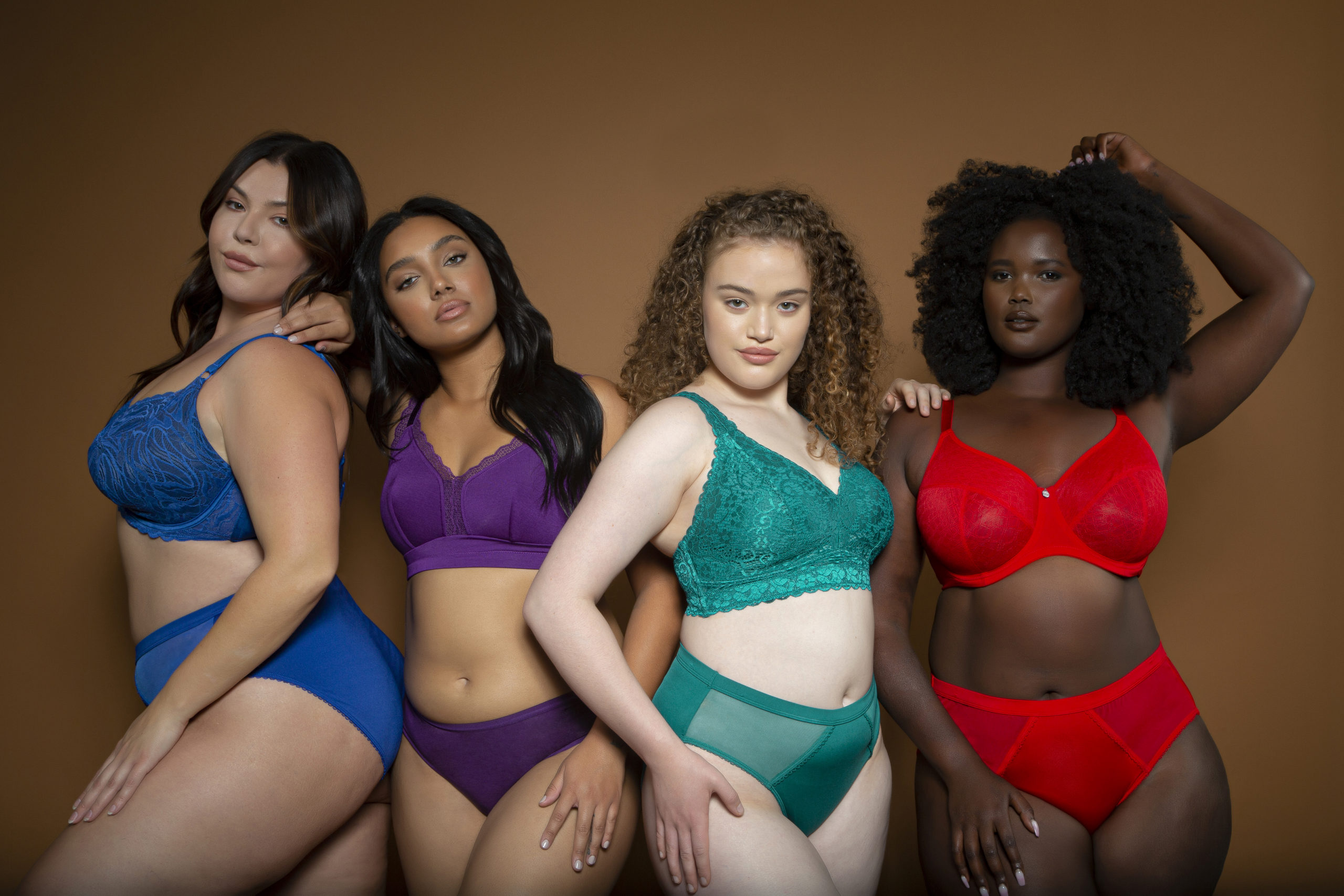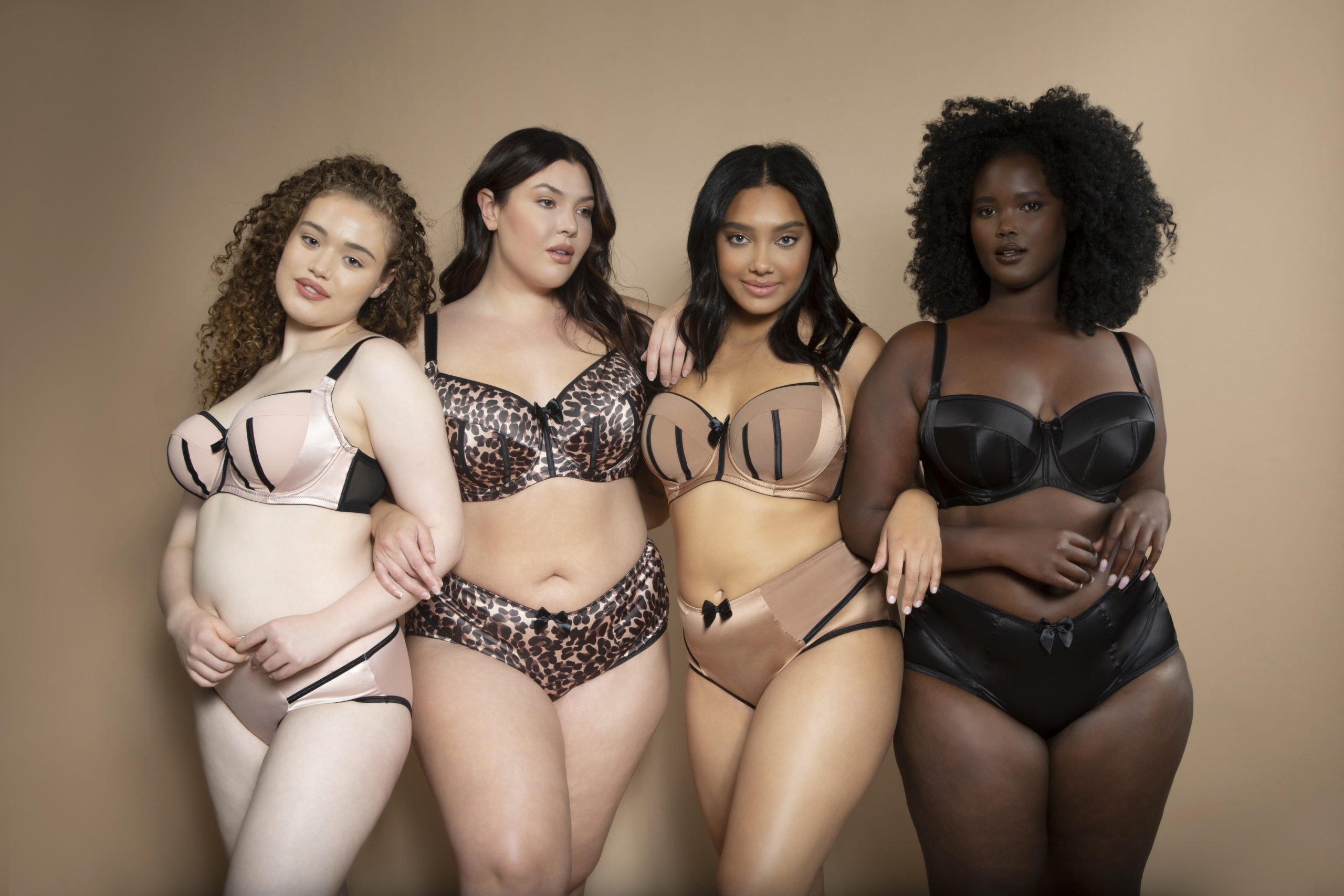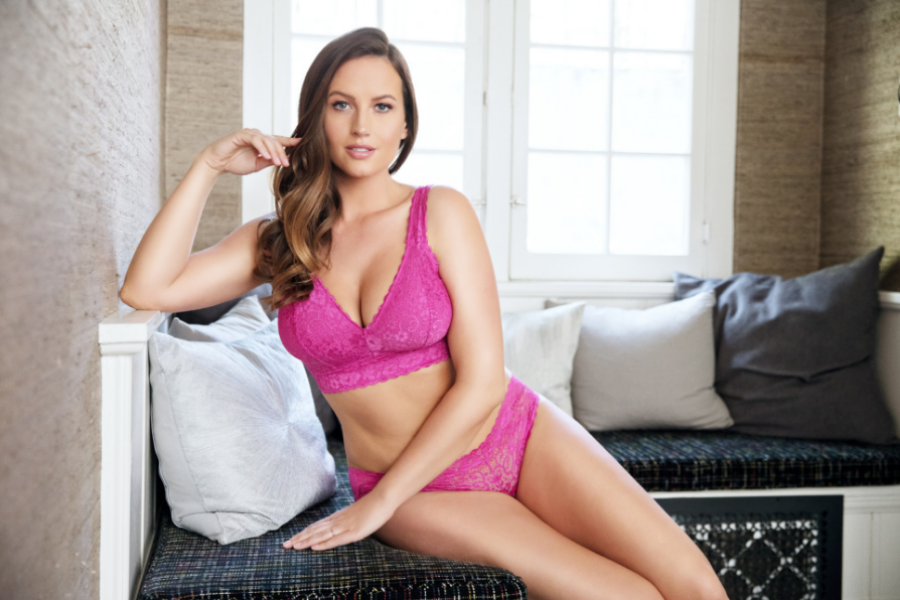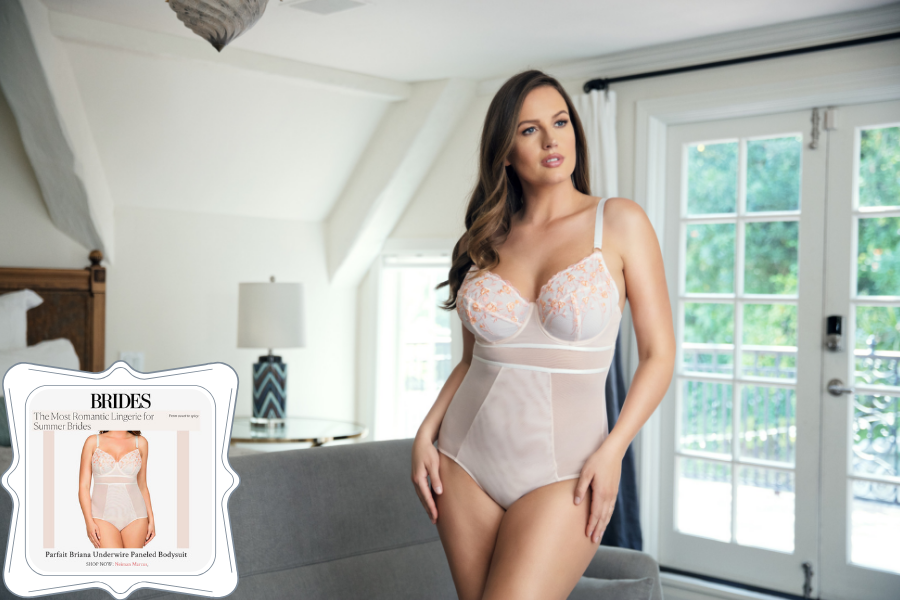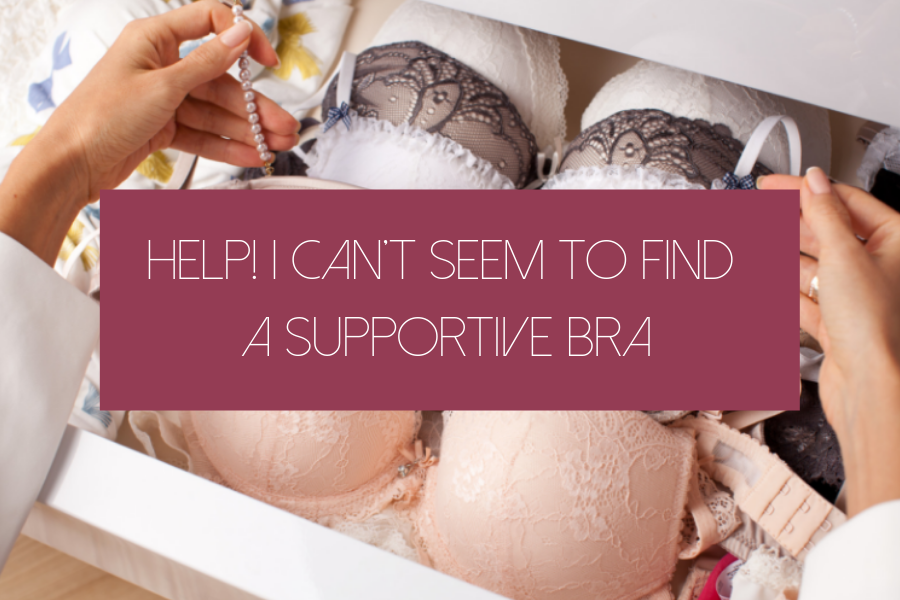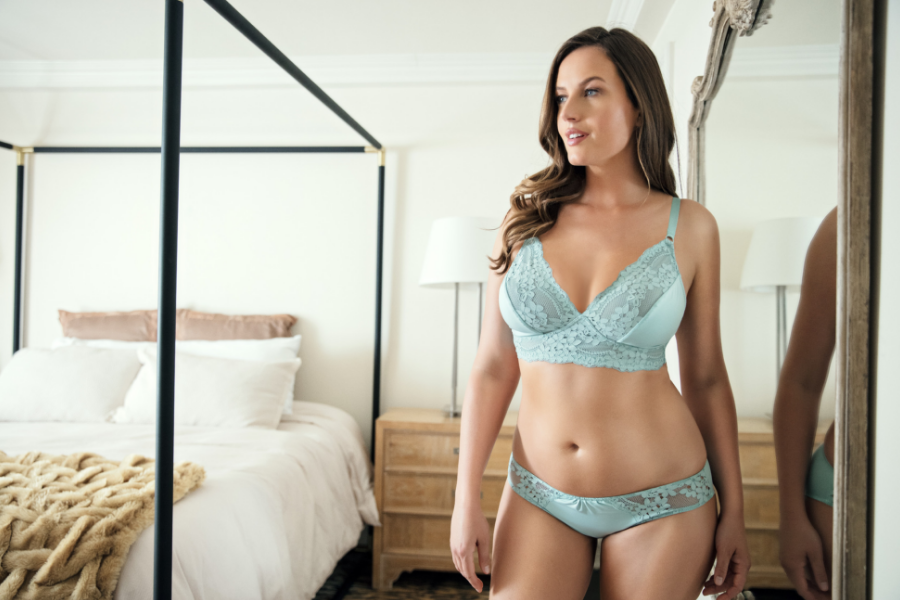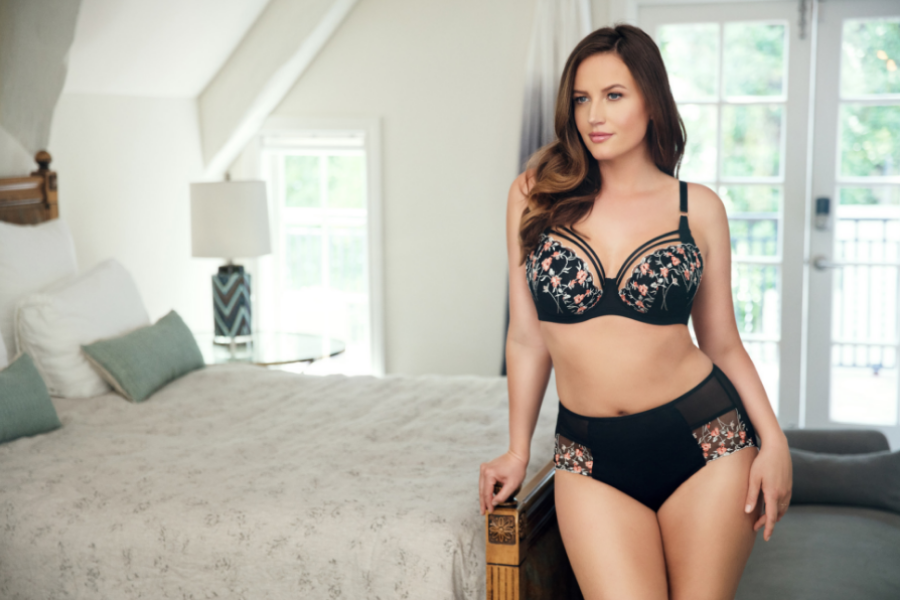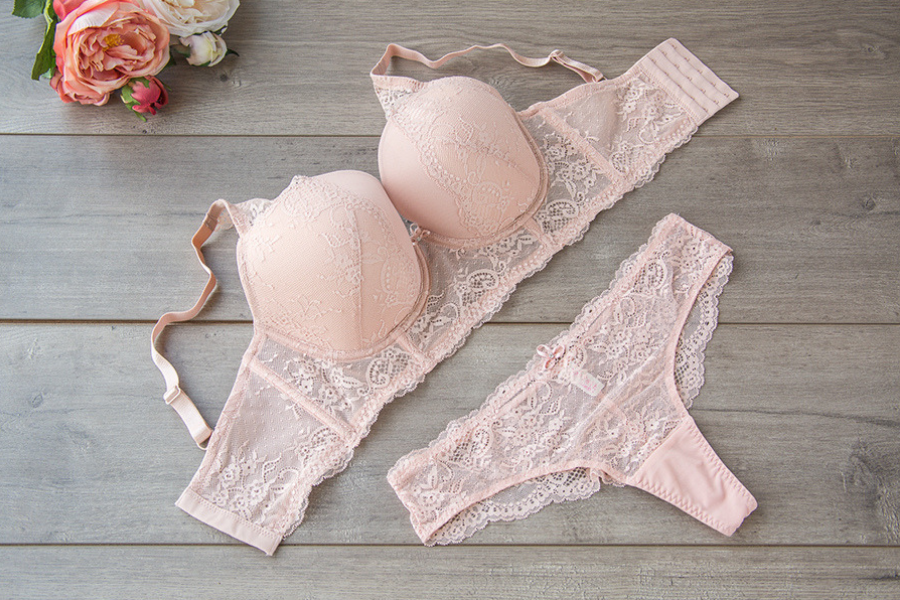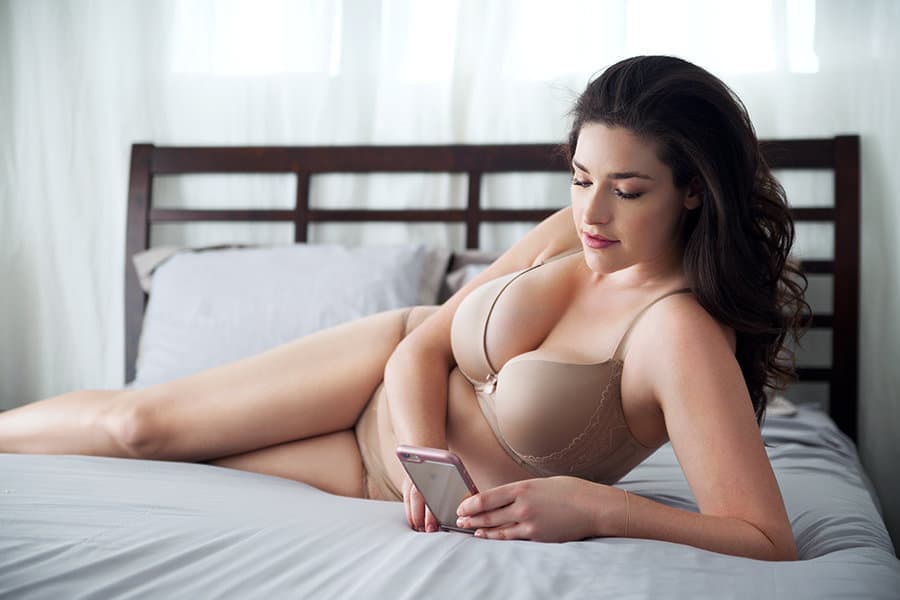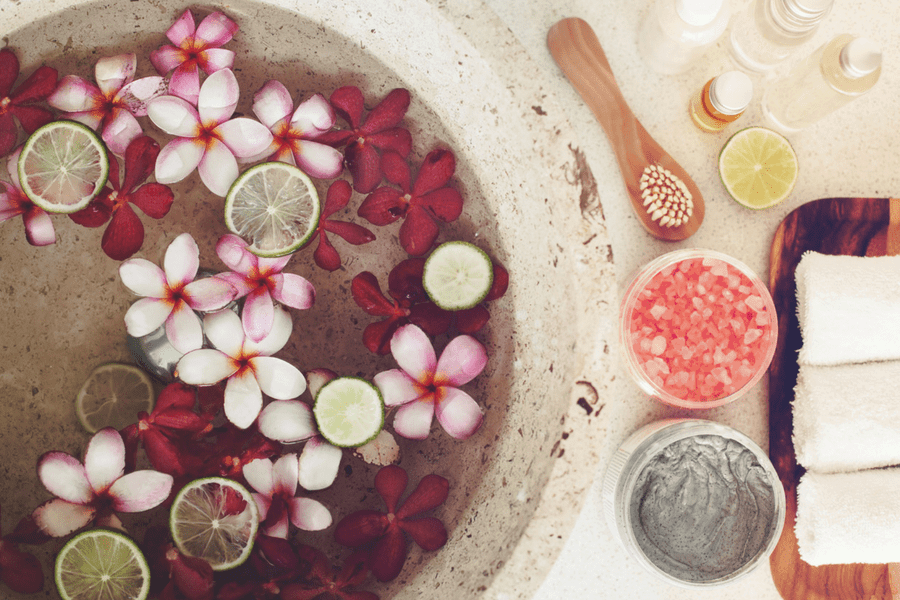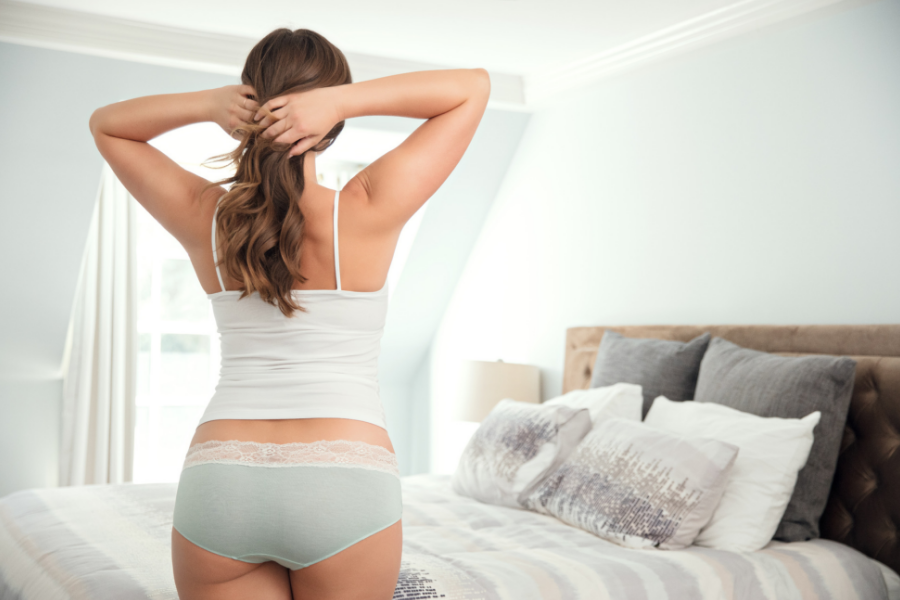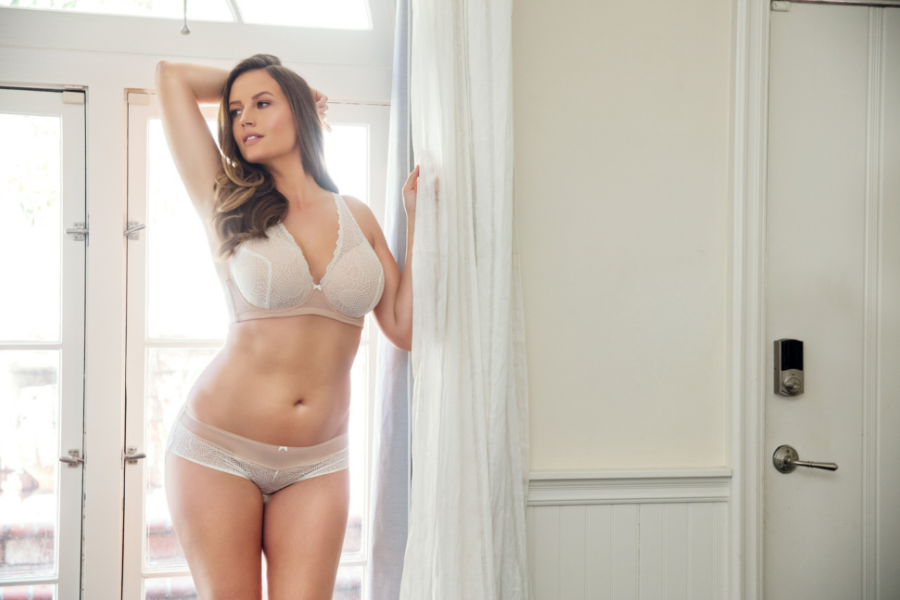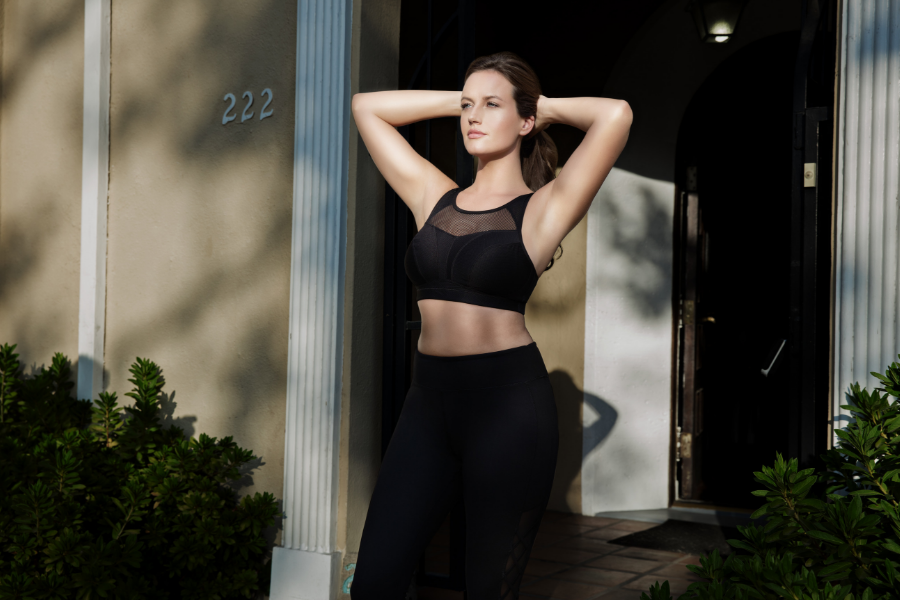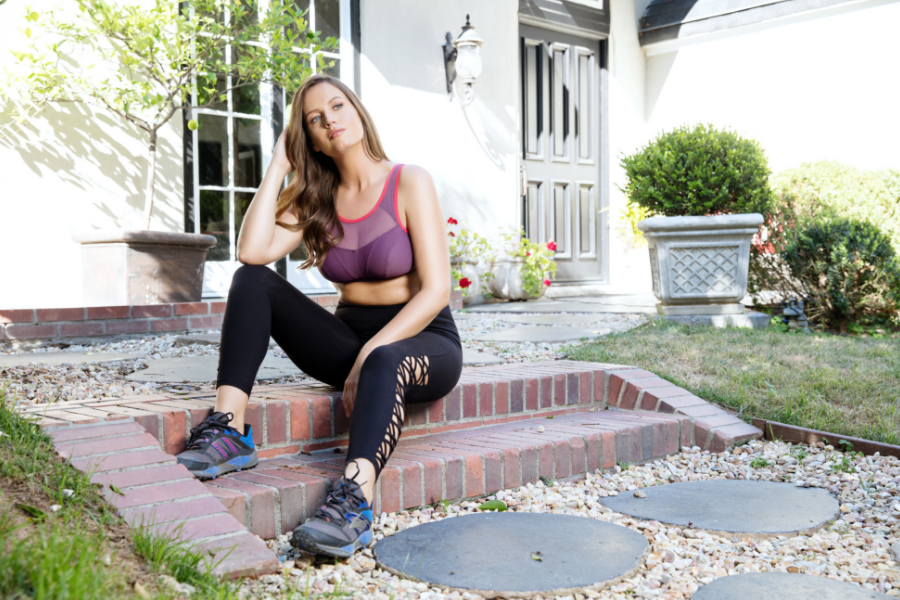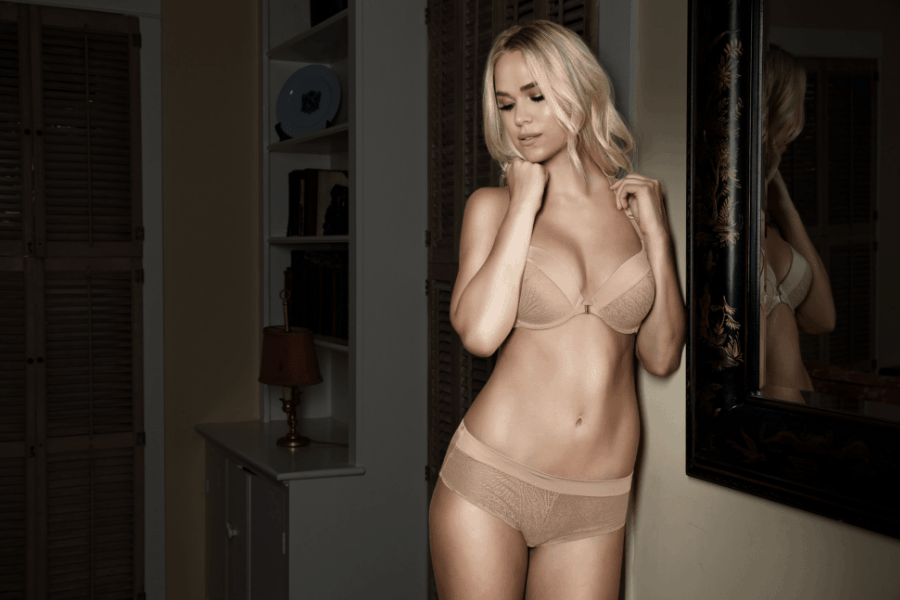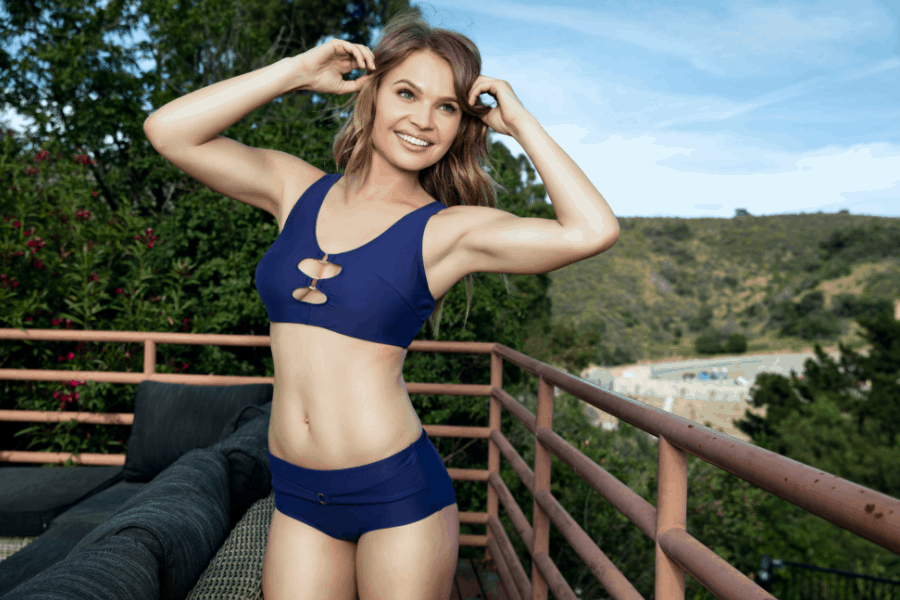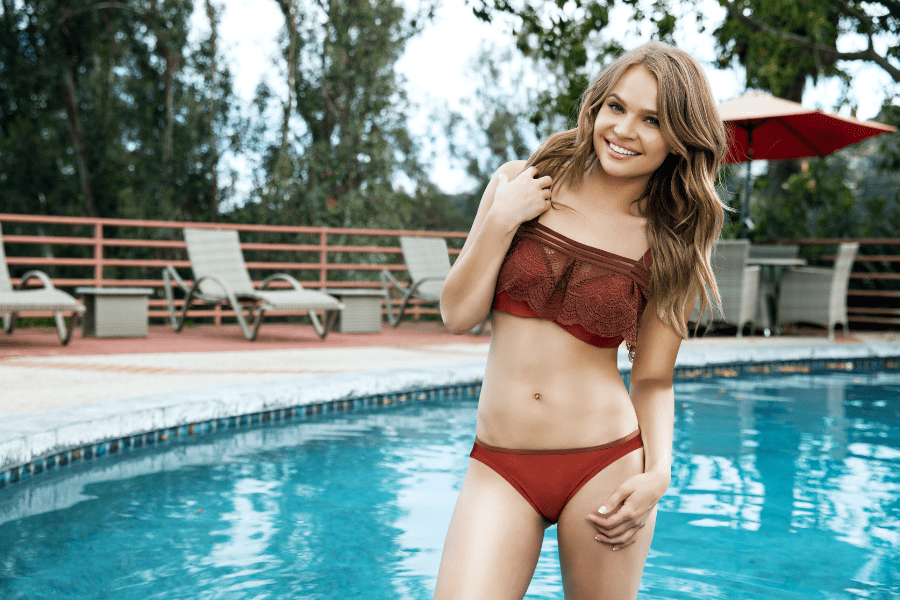Beautiful, colorful lingerie often brings out moments of joy and excitement. The definition of a perfect bra does not...
Parfait’s signature padded bra, Charlotte, is now also available in our new skin tone shade, MID NUDE. PARFAIT IS...
Wondering how to make your bras fit better? Here’s how to feel more supported right now: 1. First, figure...
The Brand Stories
Shopping for a new swimsuit? You don’t have to do it alone. Scary Mommy recently rounded up the most...
Wondering how to make this your best summer yet? Lifestyle expert Dawn McCarthy and KTLA have you covered with everything...
Spring and summer are popular wedding seasons for many reasons. The warm weather, clear skies, and beautiful natural lighting...
Lingerie Q&A
You’ve tried on all your bras (plus an adhesive bra and even going without one), but nothing feels right....
Way too many of us are living our lives wearing bras that do nothing for our outfits and our...
Finding a supportive swimsuit top isn’t easy, especially if you wear a D cup or larger. With swimsuit season...
Bra Fitting
Parfait’s signature padded bra, Charlotte, is now also available in our new skin tone shade, MID NUDE. PARFAIT IS...
Wondering how to make your bras fit better? Here’s how to feel more supported right now: 1. First, figure...
You’ve tried on almost every bra in the store, but nothing seems to fit right. Now you’re starting to...
Bra Talk
From half-cups to full-cups and from push-ups to plunges, it can be difficult to work out which bras will...
When you work in the lingerie industry people ask you incredibly awkward questions about their underwear all of the...
Whether you measured yourself at home or had an in-store fitting, once you’ve found your bra size you might...
Lingerie & Bra Care
When you work in the lingerie industry people ask you incredibly awkward questions about their underwear all of the...
Many people have known the pain of an underwire breaking in a much-loved bra – sometimes literal pain, if...
Have you ever found the perfect bra? Whether it’s that t-shirt bra that looks good under everything or that...
Body Positivity
Body positive pool parties were happening all around the country before Shrill aired on television this past year but very few...
It goes without saying that social media now plays a major role in our day-to-day lives. It’s tough to...
Self-care is more than the latest buzz phrase. While you may be an uber busy lady, making time to...
Best Lingerie Stores
Have you ever struggled with finding bras that fit and didn’t know where to turn? Welcome to our Best...
Have you ever struggled with finding bras that fit and didn’t know where to turn? Welcome to our Best...
Have you ever struggled with finding bras that fit and didn’t know where to turn? Welcome to our Best...
Beauty
As much as we’d love to give ourselves a good blowout and carefully apply our makeup each morning, that’s...
Did you know that your skin is your body’s largest organ? It is your body’s barrier to the world,...
Taking care of your complexion is a must, and getting the products that can assist can be very expensive....
Style
What are your vacation plans for this summer? Do they involve the beach or a really great poolside getaway?...
I am at the age where everyone I know is either getting married or having babies. As a result,...
By now, you may be well aware that there are many different breast types. Some fuller on top or...
Health & Wellness
Summer is here and it is hot out! As a long time resident of the city of New Orleans,...
Summer has arrived to the Northern Hemisphere, bringing along with it floaty dresses, ice-pops, festival season, and… the dreaded...
There’s a very good reason why it’s recommended that you get a bra fitting every six months — and...
Fitness
Do you have a wireless sports bra in your lingerie wardrobe? Wireless sports bras are an excellent alternative to...
It goes a little something like this. You’re off on your morning jog, which, it’s worth mentioning, you’ve been...
Pregnancy comes with a lot of changes to a woman’s body — and her breasts are definitely no exception....
Life
As someone who lives and breathes lingerie during my work time, I sometimes have to make an active effort...
Buying baby shower presents can be hard! However, there’s one thing that you should keep in mind. When you’re...
Menopause is a period of significant hormonal changes that can last for years, and cause everything from excess sweating...
Travel
When was the last time you packed light? Packing light has its perks – no need to wait in...
Tired of lugging a suitcase through the airport? We don’t blame you. With the ever-increasing cost of checked bags,...
Buying yourself some stunning new lingerie is a treat in itself. There’s nothing quite like it. However, sometimes, you need little...
Bra Tips & Advice
Have you heard the news? Spring is right around the corner. With the change in temperature, we can’t wait...
Did you know that most lingerie brands release new collections for only two seasons per year (spring/summer and autumn/winter)?...
Have you had breast augmentation surgery? Or, alternately, are you thinking about having the procedure? If so, you might...
Beauty & Style
Retro chic or cool and urban? One-piece or two? Deciding on your seasonal swimsuit look can be a real...
You deserve to feel beautiful. While lingerie should be functional, it should also be something that makes us feel...
There are some questions that we are too afraid to ask our girlfriends; questions that we don’t want to...
Search
Most Popular
Recent Posts
- Embrace Your Curves in Colorful Bras
- Are you wearing a nude color bra that’s perfect for your skin tone? Find out.
- How Can I Make My Bra Fit Better?
- How Can I Find My Perfect Bra Size?
- Here’s Why Three-Part Cup Bras Are So Great For Full Busts
- 5 Universally Flattering Plus Size Lingerie and Swimwear Trends
- My 5 Favorite Lingerie Related Books To Read This Summer
- How Often Should You Wash Your Bra (And Other Lingerie Questions Answered)
- 5 Reasons To Find A Body Positive Pool Party Near Your (Or To Start Your Own)
- 3 Reasons To Get A Bra Fitting Before Buying A New Swimsuit
Categories
Tags
Ask A Lingerie Expert Beauty Body Positivity Boudoir Photography Bra Fitting Bra Fitting 101 Bra Fitting Solutions Bralettes Bra Shopping Bra Shops Near Me Bra Styles Bra Talk Bra Tips & Advice Breast Health Breast Shapes Health and Wellness Holiday Life Lingerie & Bra Care Lingerie Gifts Lingerie Shops Near Me Lingerie Specialty Stores Lingerie Stores Near Me Lingerie Style Guide Lingerie Styles Lingerie Trends Lingerie We Love Longline Bras Maternity Bras & Nursing Bras Parfait Collection Sneak Peeks Plus Size Bras & Lingerie Push-Up Bras Self Care Self Love Shopping Guides Shopping Tips Sports Bras Strapless Bras Style Swimsuits Swimwear T-Shirt Bras The Brand Stories Wedding & Bridal Lingerie Wireless Bras

